How to Prioritize Content Ideas for a Simple, Focused Content Plan
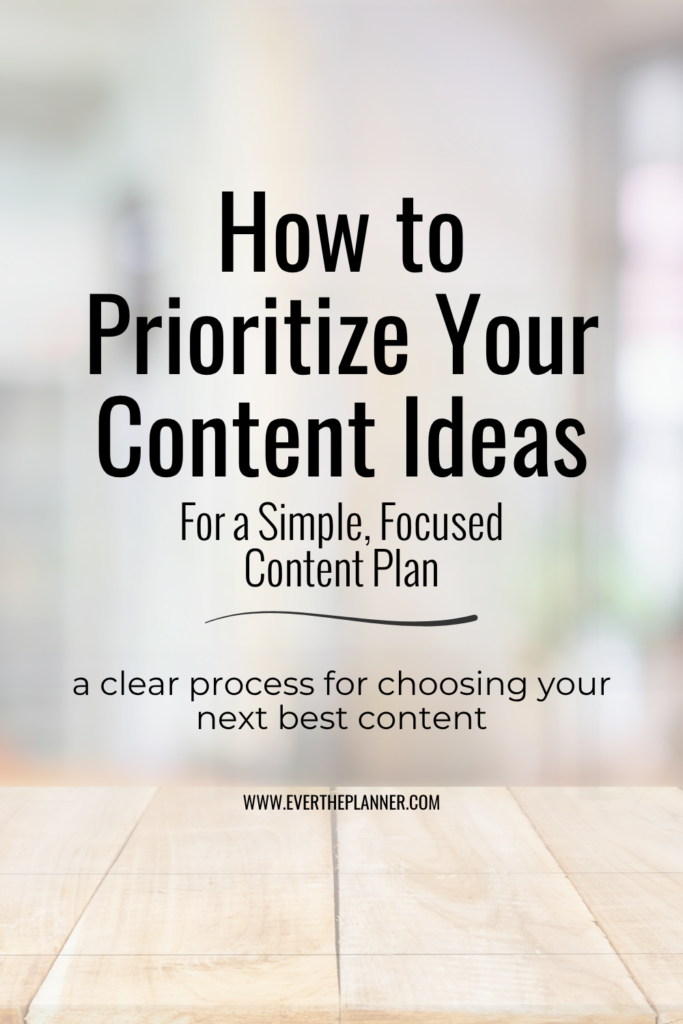
Ever sat down to plan content—then stared at a list of 20+ ideas, not sure where to begin or how to prioritize your content ideas?
It’s one of the easiest ways to get stuck, especially for solopreneurs trying to build momentum with limited time and energy.
The truth is, having too many content ideas can slow you down just as much as having none.
And when you’re balancing a business and life, you need a simple way to choose what to focus on next—without overthinking it.
That’s what we’ll cover in this post. I’ll walk you through how to prioritize your content ideas so you can move forward with clarity and confidence.
You’ll also see how this process can support your content planning, blog growth, and business goals—all without requiring hours of strategy work.
Ready to clear the clutter and start creating what matters most? Let’s get to it.
👉 P.S. If you’d like a simple system to turn your best ideas into an actionable content plan, grab my free Content Clarity Workbook—it pairs perfectly with the steps you’ll learn here.
TL;DR:
If you’re stuck in idea overwhelm, learning how to prioritize your content ideas is one of the simplest ways to move forward. In this post, you’ll learn:
✅ Why prioritizing matters when you’re short on time and energy
✅ Common mistakes that keep solopreneurs spinning their wheels
✅ A simple method to choose your next best content ideas
✅ How to build a flexible weekly plan from your prioritized list
✅ How to align your content with your business goals
Why Prioritizing Content Ideas Matters
When you’re trying to create consistent content, idea overwhelm is one of the fastest ways to lose momentum.
It feels productive to brainstorm a long list of blog content ideas, but without a clear way to prioritize those content ideas, you can easily get stuck second-guessing what to post next—or bounce between random topics without a cohesive plan.
And when you’re short on time and energy, this kind of indecision can lead to weeks (or months) without publishing anything at all.
Prioritizing your content ideas helps you:
- Move from idea mode into action mode
- Build a content flow that supports your audience’s journey
- Focus your time and energy on what matters most right now
- Create intentional content that supports your business goals
When you know what to create next—and why—you free up valuable mental space.
Content planning becomes lighter and faster. Publishing feels more purposeful.
That’s why taking a few minutes to choose what to focus on next is one of the most valuable habits you can build as a solopreneur.
Common Mistakes When Trying to Prioritize Content Ideas
Having lots of blog content ideas is a great place to start—but knowing which ones to focus on can feel surprisingly tricky.
Without a clear approach, it’s easy to slip into patterns that slow you down or scatter your content strategy.
Here are some common mistakes to watch for when trying to prioritize ideas:
Choosing whatever feels exciting in the moment
It’s tempting to jump straight to the idea that feels most fun or interesting today. But without a plan, this often leads to an inconsistent content strategy—and scattered results.
Trying to create everything at once
When every idea feels equally important, it’s hard to say no to any of them. The result? You try to write five posts at once or stall out entirely. Focusing on a few key priorities will help you move forward faster.
Ignoring your audience’s needs
It’s easy to choose topics based on what you feel like writing. But your most effective content will always meet your audience where they are—addressing their questions, challenges, and goals.
Not aligning content with business goals
If your goal is to grow your list or sell a product, your content should naturally guide readers in that direction. Skipping this step means missing opportunities to turn content into income.
Overcomplicating the process
You don’t need a complicated content matrix or hours of analysis. A simple prioritization system (which we’ll cover next) is enough to help you get clear and take action.
I’ve definitely made some of these mistakes myself.
My first blog was built on posts that interested me—minimalism (I’m not a minimalist), motherhood (I was in the thick of it), and productivity (which I still love). But my posts were scattered and didn’t have a goal, which meant that that blog eventually stalled out.
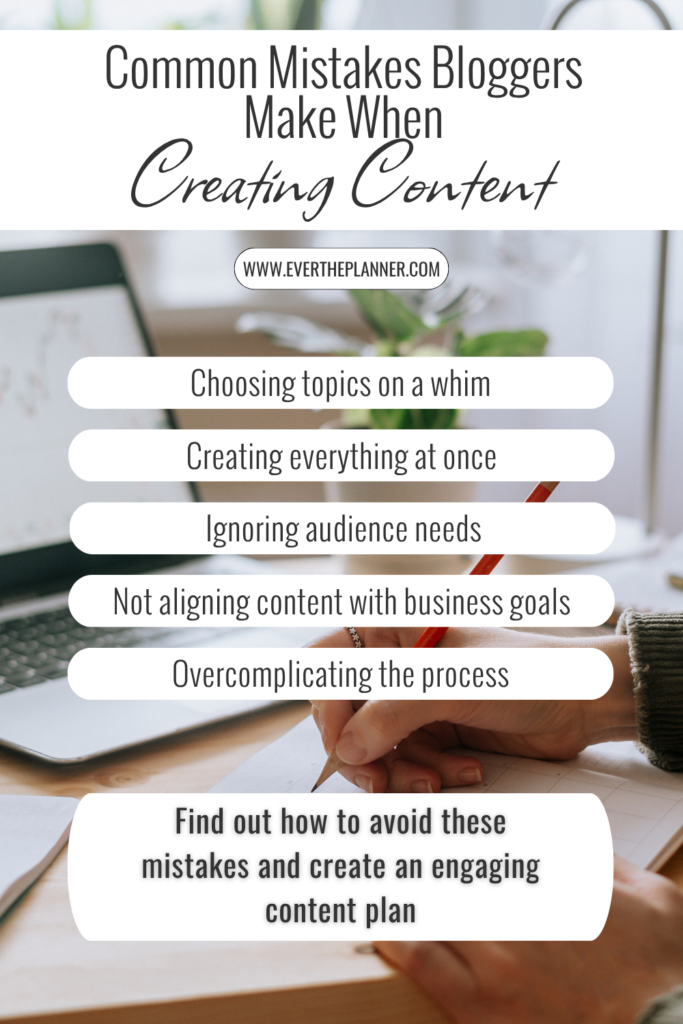
How to Prioritize Content Ideas When You’re Low on Time and Energy
When your time and energy are limited, prioritizing content ideas can feel like just one more decision to make, but it doesn’t have to be complicated.
The goal here isn’t to create a perfect master plan—it’s simply to choose what to publish next so you can keep moving forward.
Here’s a simple way to pick your next best content idea that supports progress:
1. Start with your audience’s needs
What questions are your readers asking?
What challenges are they facing right now?
What would genuinely help them take their next step?
Content that meets your audience where they are builds trust—and naturally leads them deeper into your blog or offers.
2. Connect to your current business goals
Are you focusing on growing your email list? Selling a product? Building authority in your niche?
Choose content ideas that align with these goals.
For example:
- If list growth is your focus, prioritize posts that lead naturally to your lead magnet.
- If selling a product is your goal, prioritize content that builds the right context for your offer.
- If you’re building authority, choose topics that showcase your expertise.
For more tips on aligning your content with your monetization goals, check out How to Monetize Your Blog Faster.
👉 If you’d like a simple tool to map out your top content ideas, grab my free Content Clarity Workbook. And if you want an even faster way to reset and prioritize your plan, the 15-Minute Content Reset walks you through it in 15 minutes or less.
3. Assess what’s realistic right now
Some posts require more time and creative energy than others.
When you’re short on bandwidth, it’s okay to prioritize content ideas that you can complete and publish quickly.
Remember—consistent progress matters more than perfect timing.
4. Map your top 3–5 ideas
Once you’ve filtered your list through steps 1–3, choose your top 3–5 content ideas. These are the ones you’ll focus on next.
This is where your ideas start turning into a simple, actionable content plan.
How to Build a Simple Weekly Content Plan From Your Prioritized Ideas
Once you’ve prioritized your top content ideas, the next step is turning them into an actionable weekly plan.
This is where many solopreneurs get stuck—especially when energy is low and life is full.
Here’s an easy way to do it:
1. Choose 1–2 focus posts per week
If you can publish one quality blog post per week—great. If it’s every other week—also great. Choose what feels doable for your current season.
Look at your prioritized ideas and select the ones that fit best for this week or next. Keep it simple and realistic.
2. Map your ideas into a rough weekly flow
This doesn’t need to be fancy. A sticky note, notebook, or simple spreadsheet will do.
- Week 1 → Post idea
- Week 2 → Post idea
- Week 3 → Post idea
- Week 4 → Post idea
Think of this as a flexible guide, not a rigid schedule.
3. Stack supporting content if you want to
If you’re creating pins, emails, or social posts, use your weekly blog post as the anchor. This saves time and helps your content work together. You’ve already done the hard part by prioritizing your ideas—now let them flow into multiple places.
4. Give yourself permission to adjust
Your weekly content plan is a tool, not a contract. Some weeks you’ll stay right on track. Other weeks, life will happen. That’s okay. The key is having a simple plan you can return to—so you’re not starting from scratch each time.
Prioritize Content Ideas That Support Your Business Goals
When you focus your content plan, it’s helpful to go one step further: make sure they’re moving you toward your current business goals.
It’s easy to fall into the habit of choosing ideas that sound fun or popular. But the most effective content serves a purpose—not just in helping your audience, but in helping your business grow.
Here’s how to check for alignment:
If you want to grow your email list:
Prioritize content ideas that naturally lead to your lead magnet.
Example: If you have a content planning workbook (like my Content Clarity Workbook), publish posts that attract readers who want to plan better and save time.
If you want to sell a product:
Prioritize content ideas that educate and build context for your offer.
Example: If you have a quick clarity product (like my 15-Minute Content Reset), write posts that help readers get unstuck and see the value of clarity and planning.
If you want to build authority:
Prioritize content ideas that demonstrate your expertise and perspective. These are the posts that tend to get shared and bookmarked—and they help build trust with new readers.
If you want to support long-term SEO growth:
Prioritize evergreen content ideas that answer common questions and drive consistent traffic.
Over time, these posts become valuable entry points into your blog and funnel.
When you intentionally prioritize content ideas that support your goals, every post you publish works harder for you.
It’s one of the simplest ways to build a content strategy that actually serves your business—not just fills your blog.
Tips for Keeping Your Content Plan Flexible
Once you’ve prioritized your content ideas and mapped out a simple plan, there’s one more mindset shift that will help you stay consistent—keep your plan flexible.
It’s easy to get discouraged if life throws off your content schedule.
The truth is, most solopreneurs juggle a lot—and your content plan needs to fit around that, not fight against it.
Here are a few tips to help:
Think of your plan as a guide, not a contract
Plans are tools, not rules. If you miss a week or need to swap topics, it’s okay. The point is to keep moving forward—not to publish perfectly.
Revisit your prioritized ideas regularly
Your business goals and audience needs will evolve. Every month or quarter, take a few minutes to review your list and update your priorities. This keeps your content aligned with what matters most.
Embrace progress over perfection
Done is better than perfect—especially when you’re building momentum. Publishing one well-chosen post is more valuable than waiting for the “perfect” post that never gets finished.
Give yourself permission to adjust your pace
If you’re in a busy life season, it’s okay to publish less often. If you have more bandwidth, you can lean in. The key is having a clear set of prioritized ideas so you always know what to work on next.
Final Thoughts
When you learn how to prioritize content ideas, creating consistent content becomes so much simpler.
No more staring at a long list wondering where to start.
No more bouncing between topics or stalling out because it all feels overwhelming.
Instead, you’ll have a clear sense of what to focus on next—and how each post supports your audience and your business goals.
Remember:
✅ Keep your plan flexible
✅ Revisit your priorities often
✅ Focus on progress, not perfection
👉 If you’d like a simple tool to help you turn your best ideas into a clear, focused content plan, grab my free Content Clarity Workbook—it’ll help you map out your next steps with confidence.
👉 And if you ever feel like you need a fast reset to get your content priorities back on track, my 15-Minute Content Reset is here to help—you can work through it in about 15 minutes and walk away with a plan you can act on today.
You’ve got this. Sometimes all it takes is a little clarity to start moving forward again.
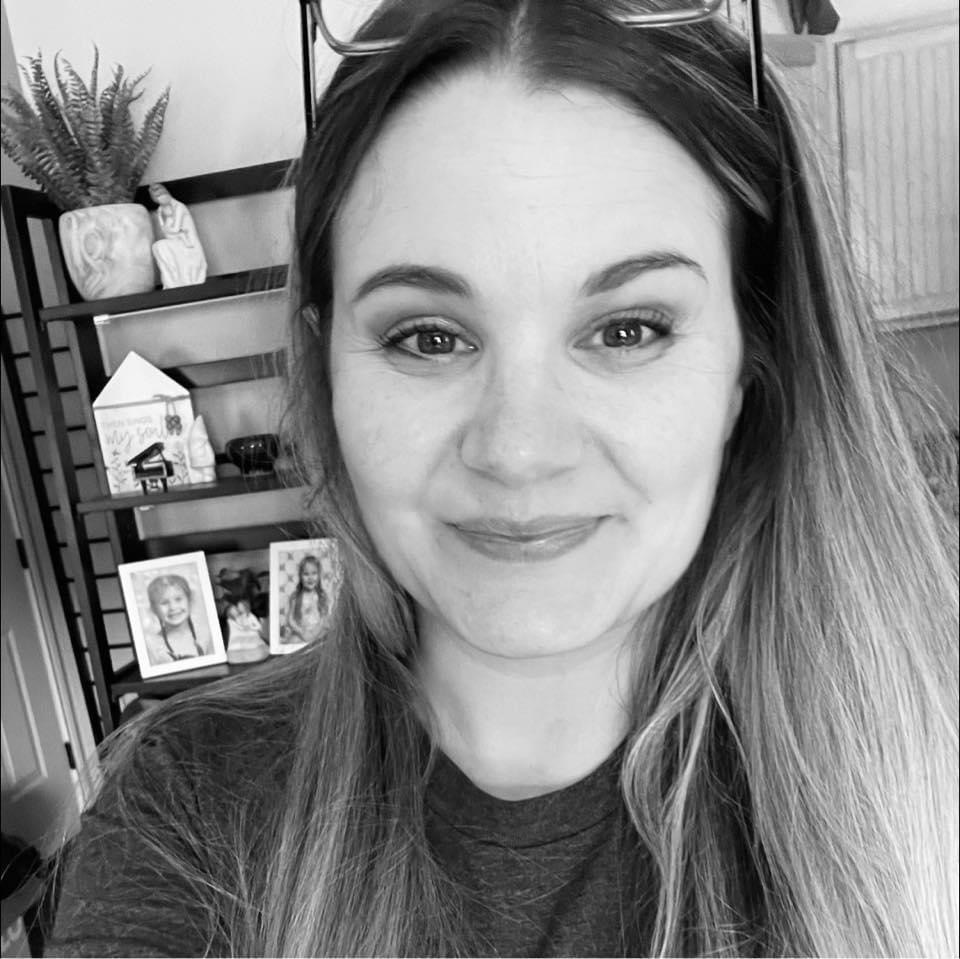
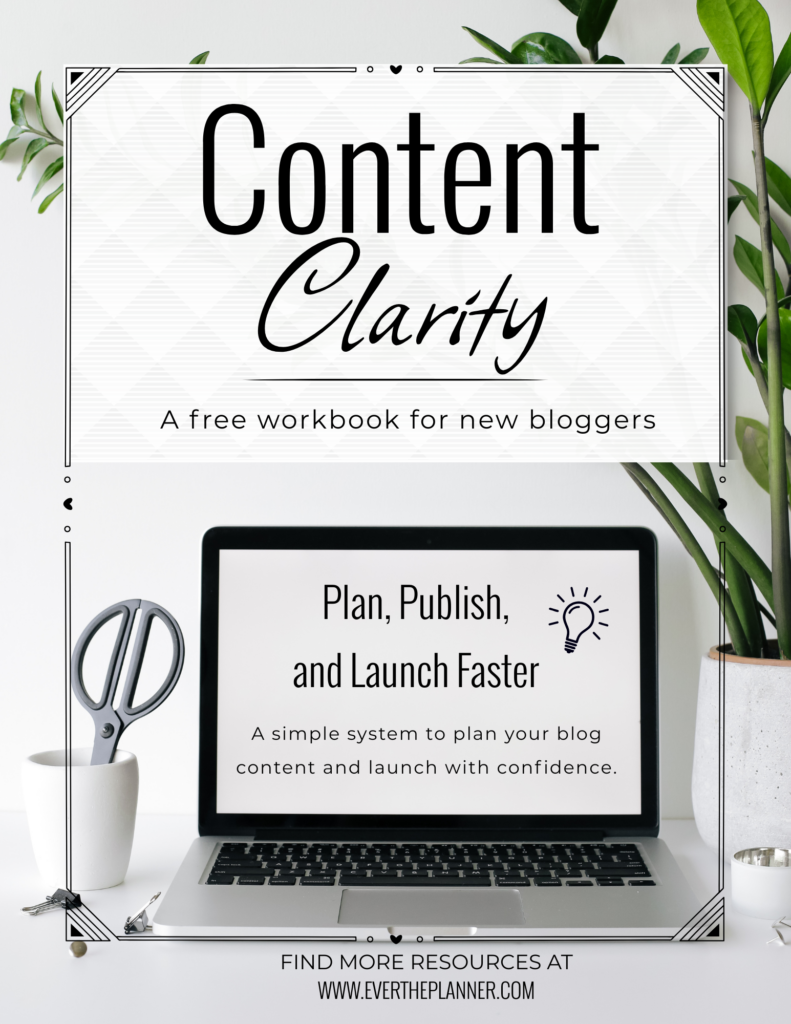
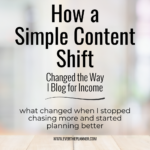
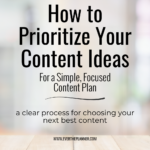
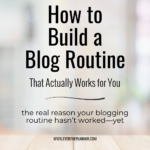
Be the first to comment